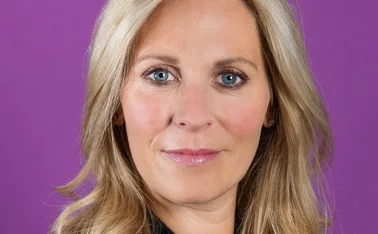
Opinion: How to choose the right technology

The benefits and types of technology available to brokers are well known but how to choose the right fit? Ignite’s Toby MacLachlan shares his expertise
Sometimes it’s hard to be a broker. It’s tough enough securing good capacity and quality staff, there is perpetual talk of the importance of new technology. Brokers are experts in broking – the business of distribution, pricing, and administration – not technology. Unless they want to become experts, they need to rely on partners to deliver quality systems for them. Picking the right suite of technologies is challenging because there’s no Martin Lewis for doing so. But the process need not be as
Only users who have a paid subscription or are part of a corporate subscription are able to print or copy content.
To access these options, along with all other subscription benefits, please contact info@insuranceage.co.uk or view our subscription options here: https://subscriptions.insuranceage.co.uk/subscribe
You are currently unable to print this content. Please contact info@insuranceage.co.uk to find out more.
You are currently unable to copy this content. Please contact info@insuranceage.co.uk to find out more.
Copyright Infopro Digital Limited. All rights reserved.
As outlined in our terms and conditions, https://www.infopro-digital.com/terms-and-conditions/subscriptions/ (point 2.4), printing is limited to a single copy.
If you would like to purchase additional rights please email info@insuranceage.co.uk
Copyright Infopro Digital Limited. All rights reserved.
You may share this content using our article tools. As outlined in our terms and conditions, https://www.infopro-digital.com/terms-and-conditions/subscriptions/ (clause 2.4), an Authorised User may only make one copy of the materials for their own personal use. You must also comply with the restrictions in clause 2.5.
If you would like to purchase additional rights please email info@insuranceage.co.uk








